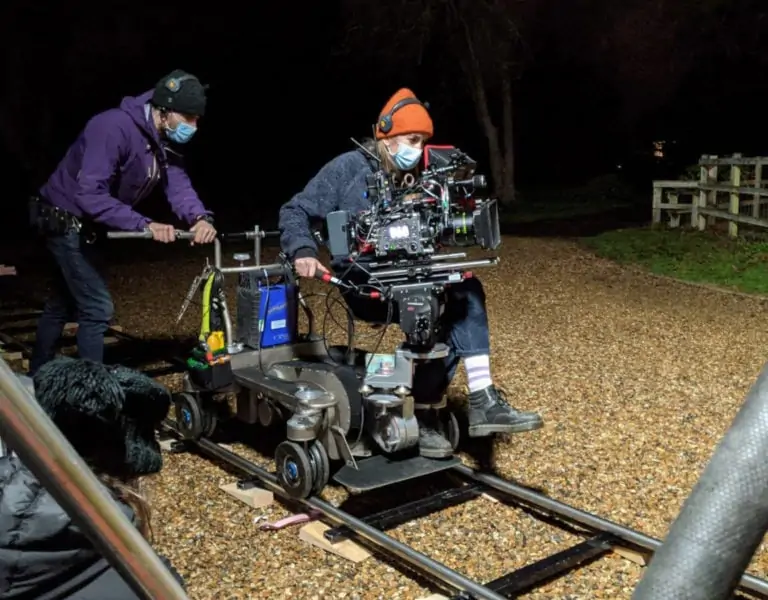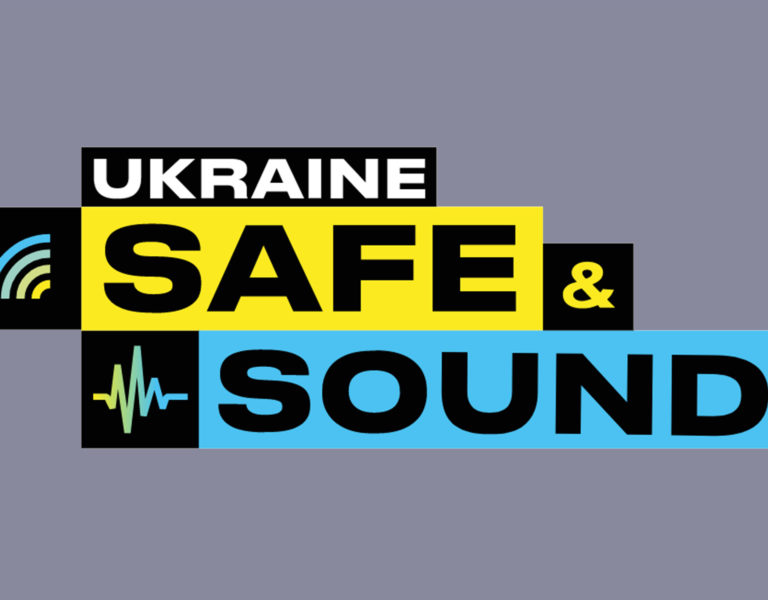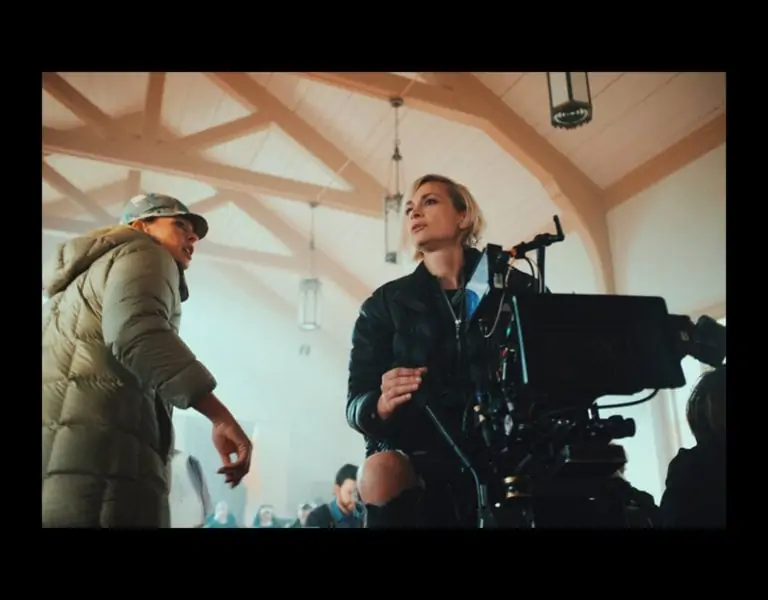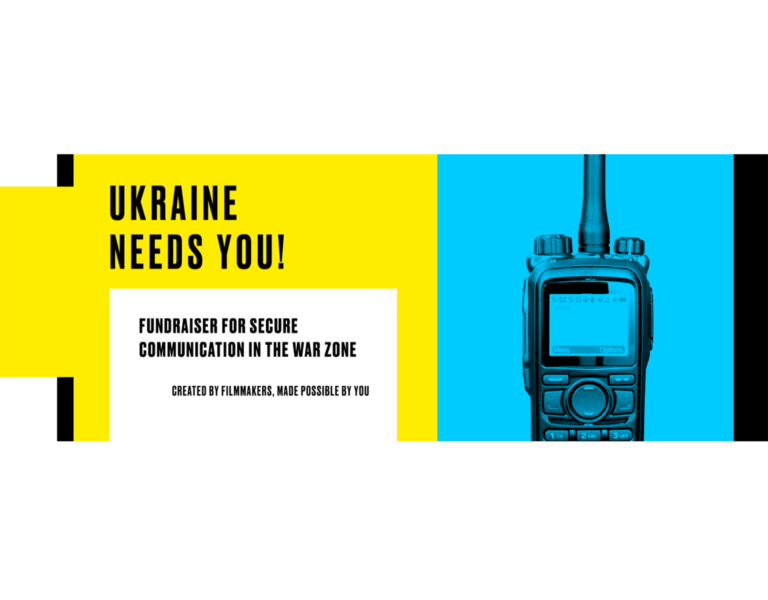A positive outcome of the COVID-19 pandemic has been the increased global attention towards health and safety within social and professional environments. But has it been enough to transform the film and television industry to avoid the tragic and high-profile deaths of American camera assistant Sarah Jones and British camera operator Mark Milsome?
The overall feeling is that there is still a lot of work to be done by the film and television industry to improve health and safety, especially due to the pressure caused by production schedules and budgets becoming tighter with each passing year. The Mark Milsome Foundation conducted an anonymous survey that went out to BECTU, GBCT, Assistant Directors Guild, BAFTA, BECTU, BSC, and ASC, with 63% of participants believing that the current H&S regulations need improving. 84% of those surveyed highlighted working hours and sleep deprivation as the main culprits in causing poor H&S standards.
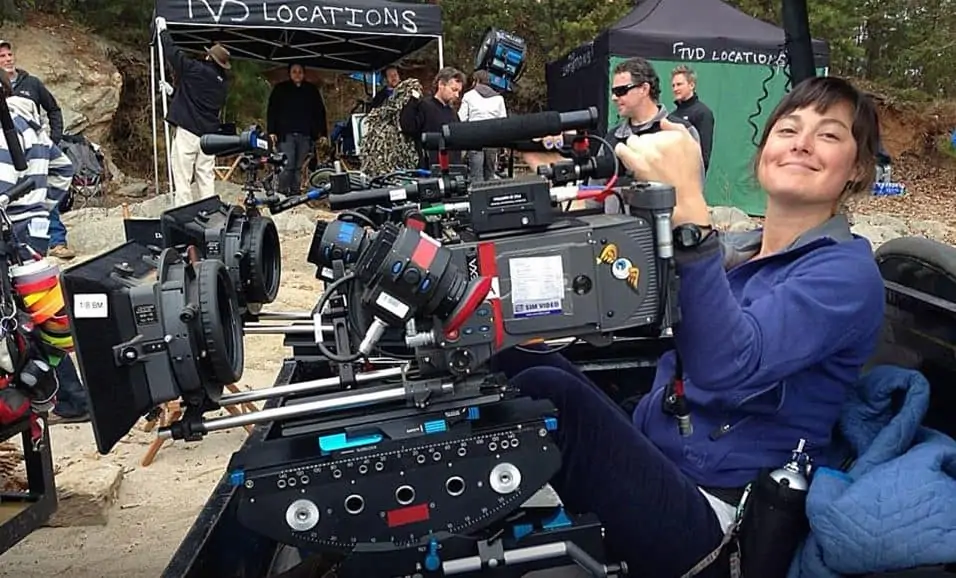
Richard Jones remembers having phone calls at 2am with his daughter as she tried to stay awake while driving back from a shoot. Sarah Jones was killed when struck by a train while shooting the Gregg Allman biopic Midnight Rider in 2014, leading to filmmaker Randall Miller pleading guilty to involuntary manslaughter.
Miller has since headed back to court to determine whether he violated the conditions of his probation by directing the comedy Higher Ground in 2019. “[The production] had attempted [and failed] to get permission from CSX Transportation to shoot on a mainline track,” states Richard Jones, who has established the Sarah Jones Foundation and Safety for Sarah campaign.
“After two trains had passed, they were setting up on this bridge to grab a shot when another one came. The whole tragedy was so avoidable and unnecessary; that’s part of the reason why it got the attention that it did.”
In 2017, Mark Milsome died when he was hit by a Land Rover which was part of a stunt being executed for the BBC drama Black Earth Rising. A four-day inquest into the incident was held in October 2020. “After Mark’s death, I founded the Mark Milsome Foundation,” remarks Andra Milsome, when discussing her late husband. “Mark’s inquest was a real eye-opener and we have been working hard to research areas of H&S within the industry that need immense improvement.”
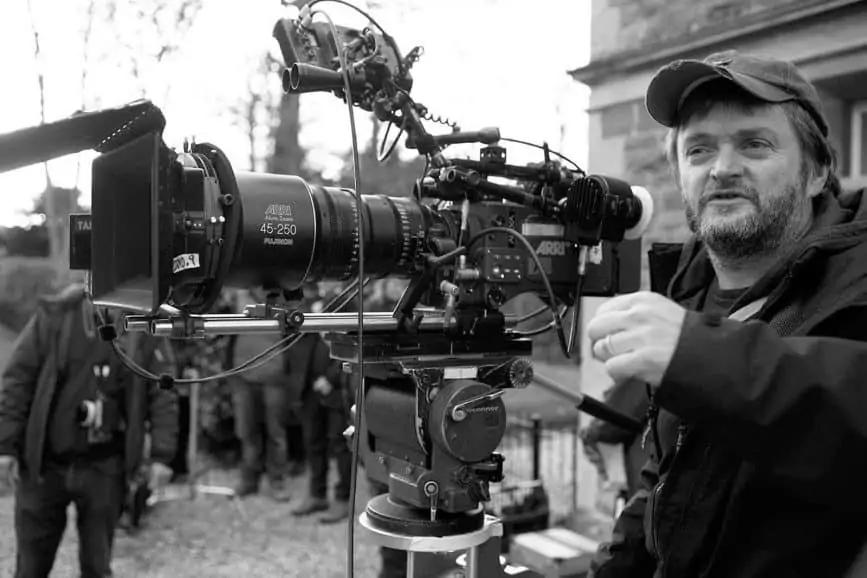
Matters were complicated by the stunt coordinator being replaced before the scene was shot and no safety briefing having taken place beforehand. With these factors in mind, Milsome emphasises what is needed to ensure safe shooting conditions. “The importance of HODs passing accurate clear instructions on when they leave a job. A lack of communication or understanding can lead to accidents. Having the courage to speak up and know who you should report to if you have a concern is also vital. A safety briefing before any dangerous filming should become law, and if it is not held, producers and productions should be legally responsible for any injury or death.”
Veteran production safety consultant Clem Leneghan and founder of Fresh Safety spends most of his current time devoted towards COVID-19 protocols. However, he has a few other observations: “There is a process. People learn the ropes and come up through a department over time; a lot of what they learn is informal. In recent years, there has been an increase in more formal training and people will complete recognised courses in several aspects of the work.
“Pretty much every course they do now would have some safety component to it. One of the worst areas is working safely at height for people working on top of and building tall structures or on cliffs. There have been some real issues in our industry around practices and attitudes which has led to horrific fatalities and injuries over the years.”
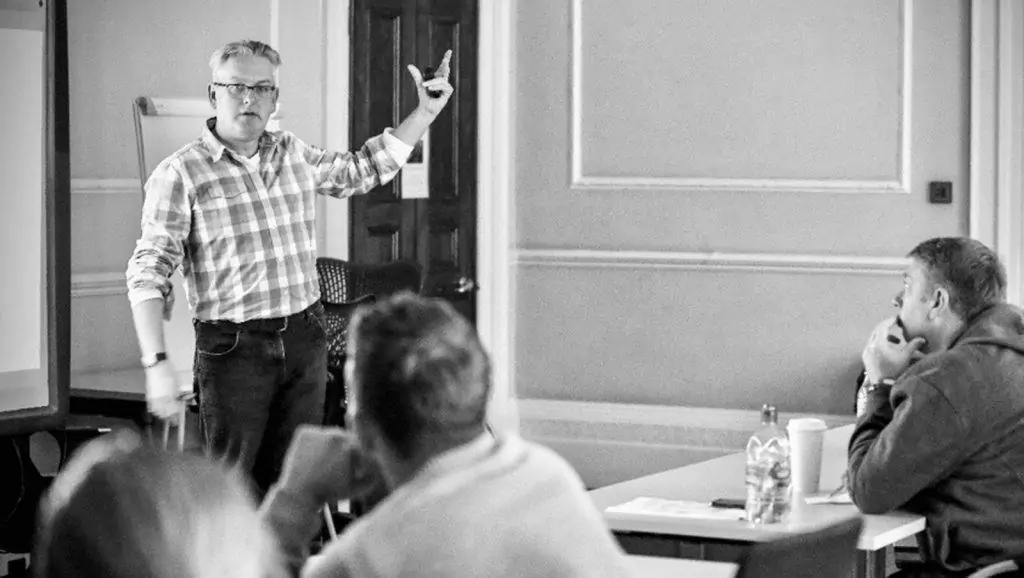
The most prominent safety concern now is COVID-19. “Fortunately, my experiences shooting under COVID thus far have been positive,” says Stephen Murphy BSC ISC. “The key, in my humble opinion, is regular testing, which seems to be what most of the major studios have taken onboard.
“On the film I shot this year, Netflix had us tested three times a week, the entire crew wore PPE at all times, and we had COVID Marshalls to remind us about social distancing onset. The stages and sets were also decontaminated every night, and everyone had to hand sanitise onset regularly. The downside is the COVID protocols slow you down a little, and you have to work harder to communicate, which in itself begins to add wear and tear on your psyche over time. The crew has adapted incredibly well, so it clearly is possible for us to produce good work during COVID; it just takes a little more time and effort.”
An organisation that is part of the taskforce run by the British Film Commission on the behalf of the BFI to develop guidance for safe filming is ScreenSkills. Two new levels of in-depth COVID-19 training were launched in December 2020. “We developed free online coronavirus basic awareness on production training which has been passed by more than 44,000 people to date,” says Louise Jury, director of communications and marketing, ScreenSkills.
“We have encouraged individuals to take it so they are doing what they can to keep themselves, and their colleagues and equipment safe. Some productions and companies have also mandated it as part of their own safety procedures. Incidentally, one of the reasons why we were able to create the basic online training so quickly was because we had already begun devising free e-learning modules, including tackling bullying and harassment.”
It is clear a cultural shift needs to happen in the British film and television industry. “As big, influential and attractive as we are as an industry, we’re still quite a cottage industry,” reflects Mike Eley BSC (lead image – top centre, on the set of Blackbird). “We’re woefully under unionised and there is an expectation that crews will put up with what they’re told to do. Our union is slowly making its way back into relevancy but ever since the destruction of unions in the 1980s, it has faced an uphill struggle, unlike US and Canadian unions that continue to have a big say. “Perhaps COVID-19 has contributed to crews realising that, ‘I don’t have to work myself to death. I can work 10 to 12 hours, go home and see my family, have a good night’s sleep, get up and be ready for another [day of shooting].’ We all know that those long hours can contribute to injury and fatality. I am sensing that there is a realisation that we can be fairer on ourselves and be more like countries in Continental Europe where rumour has it that they make very good films and work civilised hours.”
